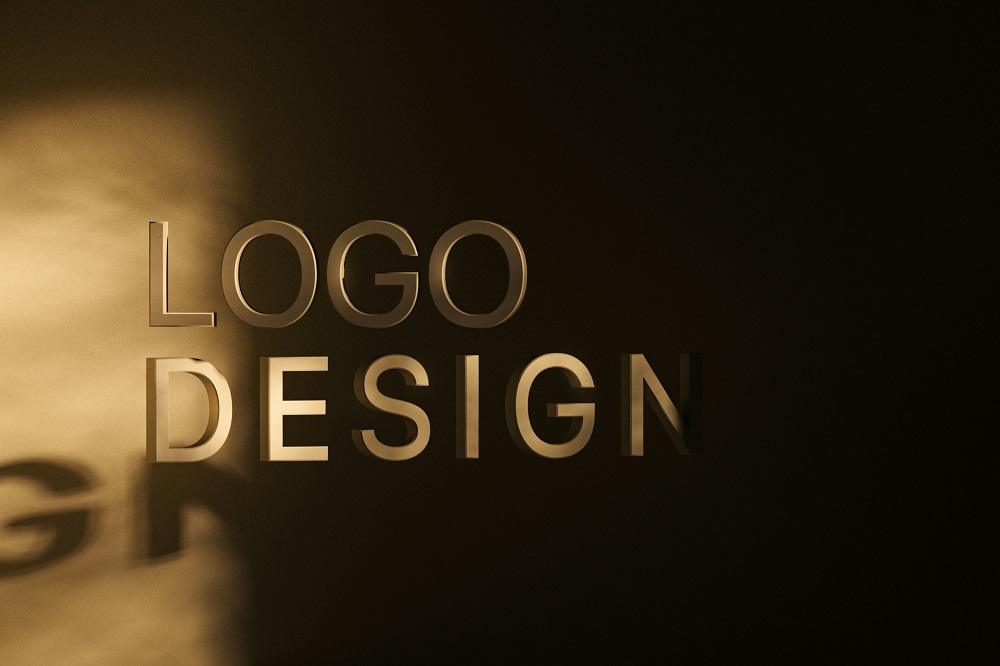Logo creation is a key part of the branding and brand-building process. Ranging from the inclusion of key shapes to selecting the best colors, the logo should speak to who they are as a brand, while at the same time also working as a memorable symbol of the identity.
The most successful logos are those that embrace versatility and are able to do a good job in many places. Logo design work is indeed time-consuming (especially calculating the logo design cost), which can make the work frustrating.
From brand-new startups to experienced designers, almost everyone can benefit from learning about top-notch logo design tips. Logo design work is about exploring the various possibilities of a brand, as a logo visually represents the brand. Taking that logo to its ultimate destination takes time, effort, and a lot of patience.
Table of Contents
Handy logo design tips that logo designers, their teams, and companies should understand to boost their brand’s presence
Whether companies are making a logo for the first time, are already in the process, or are looking to revamp an existing logo, they are all in luck as the handy tips mentioned here will help the logo carve out a very good place in the market:
Having an understanding of what they are working with
The logo design project’s goals should be identified first so a solid grasp can be established on the task at hand. Identifying exactly what is needed with the logo and then determining what it is going to take to get there is also needed.
It should be understood that branding and logos are separate things. Branding is the art and science of shaping brands. Logos are their visual representation. Both are important for the business’s sustainability.
Visualizing first on paper and making a digital render works well
In a world where people hop directly to digital methods and software (especially Adobe Creative Cloud) to get the job done, they should understand the importance of using a pencil and paper.
Sketching on paper doesn’t have to be perfect. It can somehow help get the creative wheels running. Sketching a logo on paper is a good way to visualize what the logo should be like, create shapes, and get all the initial thoughts on paper before making a move.
Storytelling
Developing a logo allows businesses, brands, and companies to tell a story. Brand-defining keywords should be established to influence the story’s plot that speak to the audience as a brand instead of being a monotonous voice. Then they all can be woven into the logo. These keywords will give the logo meaning and purpose.
Starting with black and white
White color is indeed important for the brand identity. Yet it can also be subjective. There is a problem with designing a logo with colors at first. It can interfere with creative brainstorming. It should be known that a majority of logos end up being black and white especially when they are in the early stages of design.
Hence, starting with black and white concepts of logos always works, and then the logo can be colored.
Keeping it simple
Professionals from a Dubai based logo design company explain that a successful logo should be easy to understand and must not be complicated in any way. No doubt, simplicity is key because it helps ensure the logo can be remembered easily. Additionally, it should be understood that simple logos are most useful and versatile.
Using letters and shapes tactfully
Logo designers should be smart about how and when they use letters and shapes in their logos. They must ensure the logo is memorable, agile, and unique. It should not be a mere display of characters and shapes.
Size counts
A logo should be scalable. It ideally looks good in multiple places and sizes. It hence provides logo design teams with the needed versatility. Achieving a perfect scalable logo requires imagining it in various locations, big and small. It should be thought about in extreme points i.e., Whether or not it will work in both business cards, billboards, and digital.
Positioning the logo horizontally and vertically
A lot of brands end up requiring multiple logos. This, however, is not a problem because logo variations are required. Not every logo works in multiple spaces.
The logo should belong to the business/brand/company
The logo should belong to the business/brand/company. Authenticity, originality, and ownership are important parts ot the creative process. Moreover, uniqueness is also a part of it and a part of effective brand positioning, too. When the logo is being designed, design teams must ensure that no one has made it earlier.
Let the logo evolve
Brands evolve with time, and so do logos (however, some companies have timeless logos but with variations). Unfortunately, nothing lasts for an eternity, and it’s wise to revamp a logo. Firefox, IKEA, Instagram, McDonald’s, Starbucks, and Walmart changed their logos with time.



